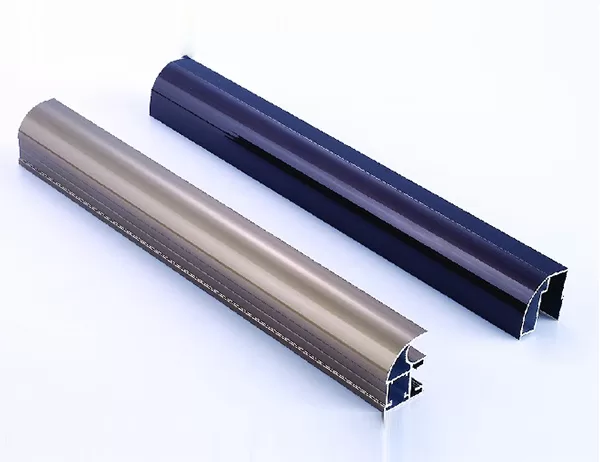Aluminum profiles are extruded aluminum alloys that are used in a wide variety of applications, from construction to transportation to consumer products. They are lightweight, strong, and durable, and they can be customized to meet specific requirements.
There are many different types of aluminum profiles, each with its own unique properties and applications. Some of the most common types include:
Structural aluminum profiles are used in the construction of buildings, bridges, and other structures. They are typically made from strong alloys, such as 6061-T6, and they can be used to create a variety of structural shapes, such as beams, columns, and trusses.
Architectural aluminum profiles are used in the construction of windows, doors, and other architectural features. They are typically made from aesthetically pleasing alloys, such as 6063-T5, and they can be used to create a variety of shapes and styles.
Industrial aluminum profiles are used in a variety of industrial applications, such as machinery, conveyor systems, and enclosures. They are typically made from strong alloys, such as 6082-T6, and they can be used to create a variety of shapes and sizes.
Consumer aluminum profiles are used in a variety of consumer products, such as furniture, appliances, and electronics. They are typically made from lightweight alloys, such as 1100-H14, and they can be used to create a variety of shapes and sizes.
When choosing an aluminum profile, it is important to consider the following factors:
Strength: The strength of an aluminum profile is determined by its alloy and temper.
Weight: The weight of an aluminum profile is determined by its density and thickness.
Durability: The durability of an aluminum profile is determined by its resistance to corrosion and wear.
Cost: The cost of an aluminum profile is determined by its alloy, temper, and shape.
By understanding the different types of aluminum profiles and their properties, you can choose the right profile for your specific application.




